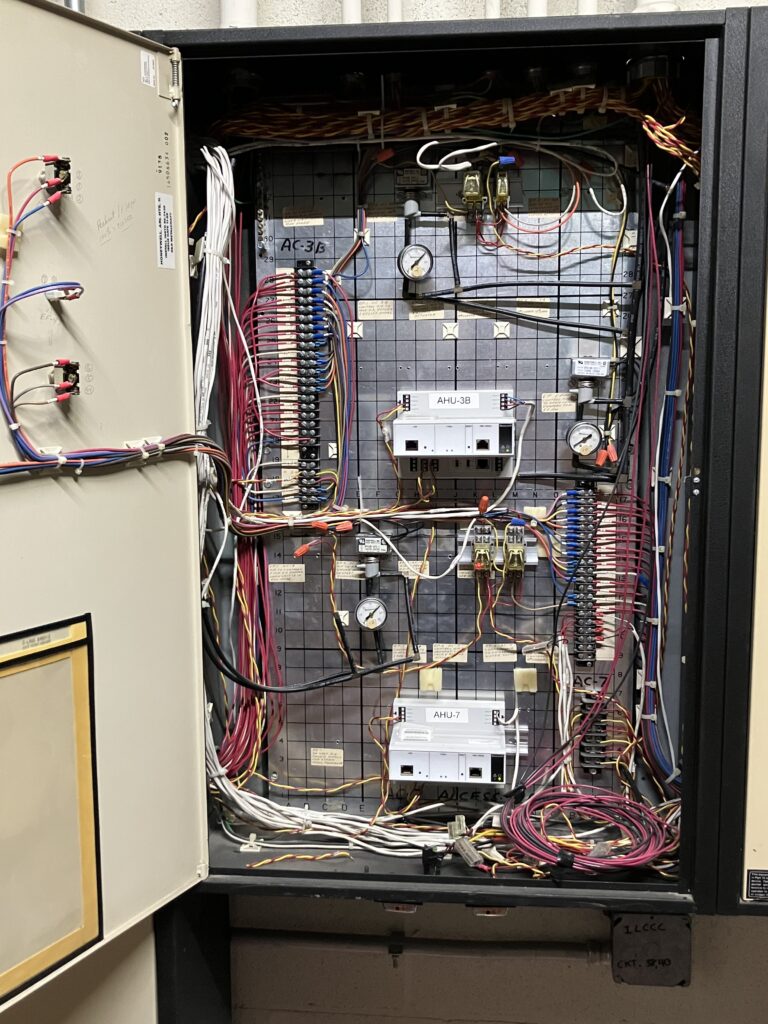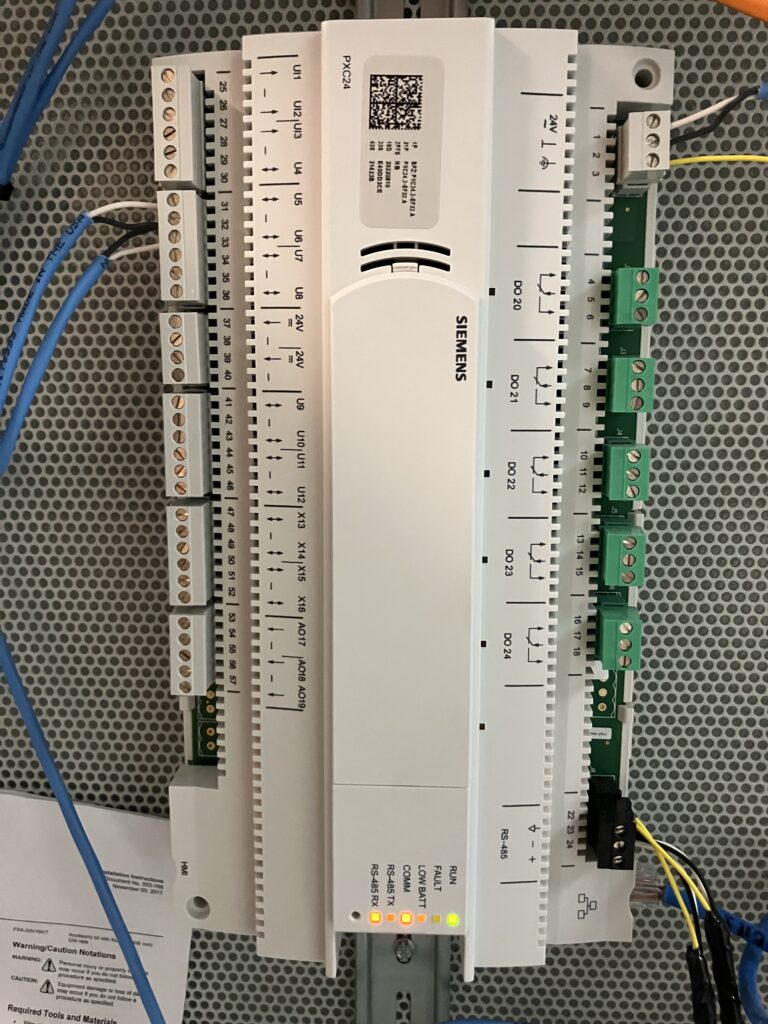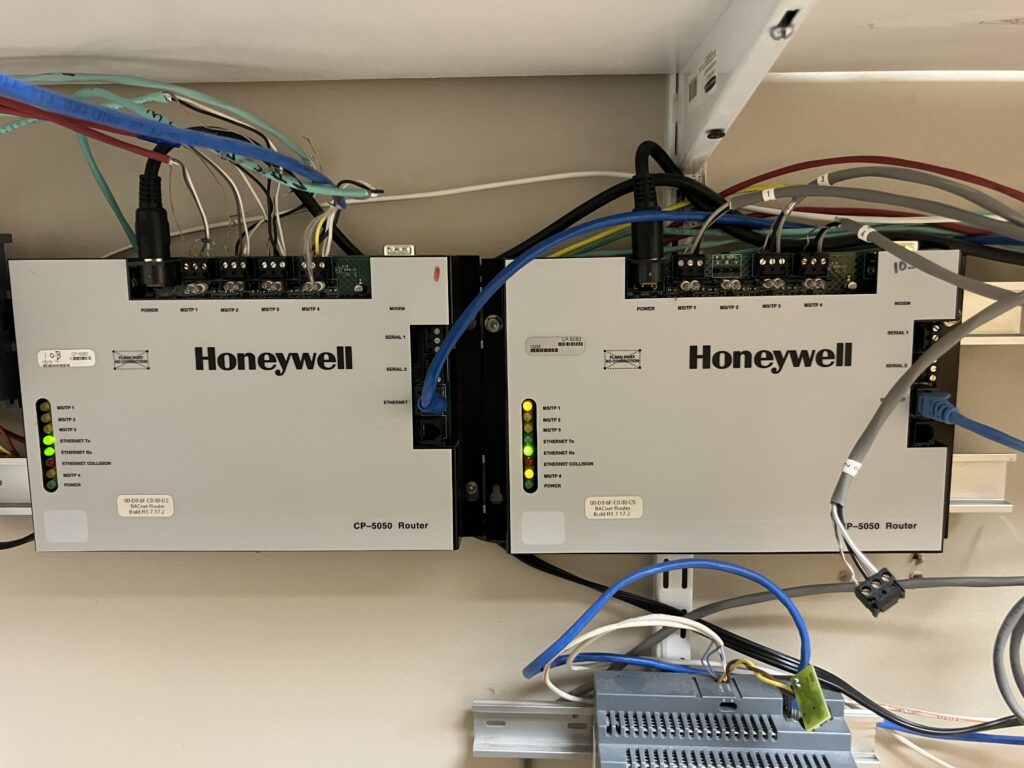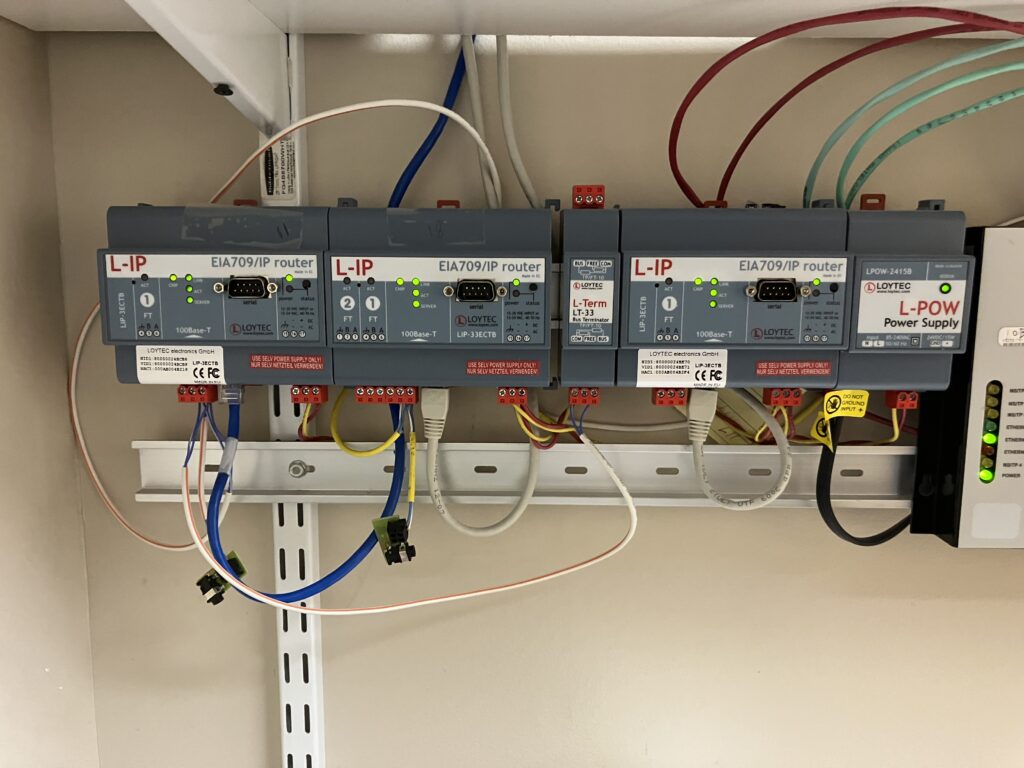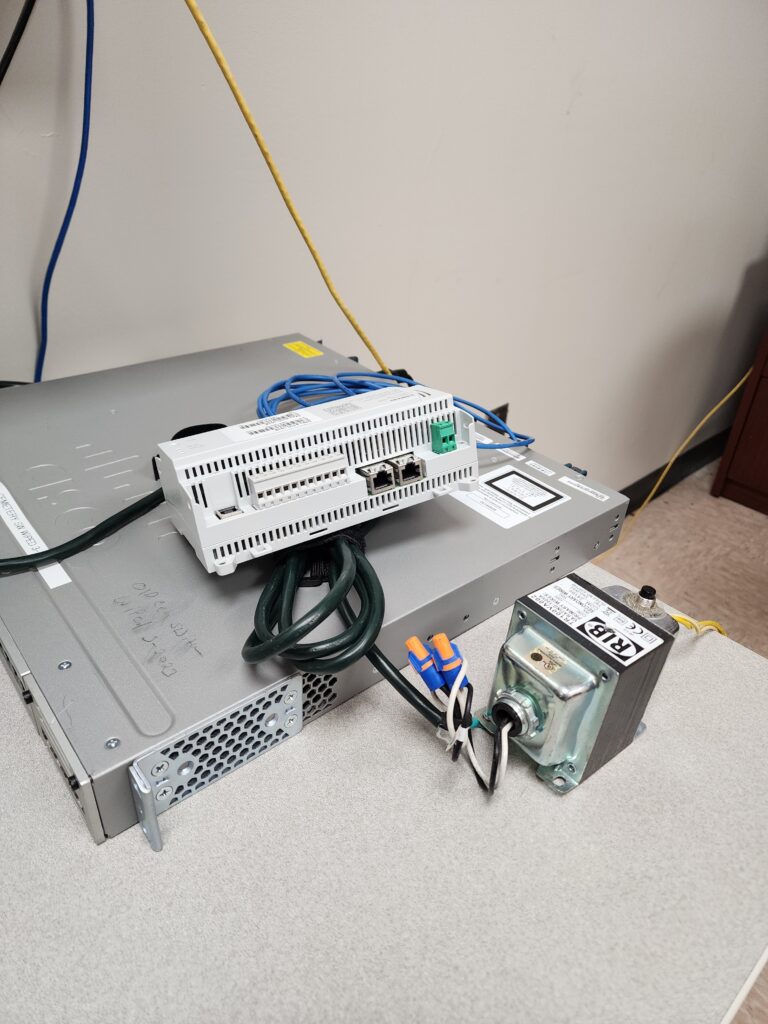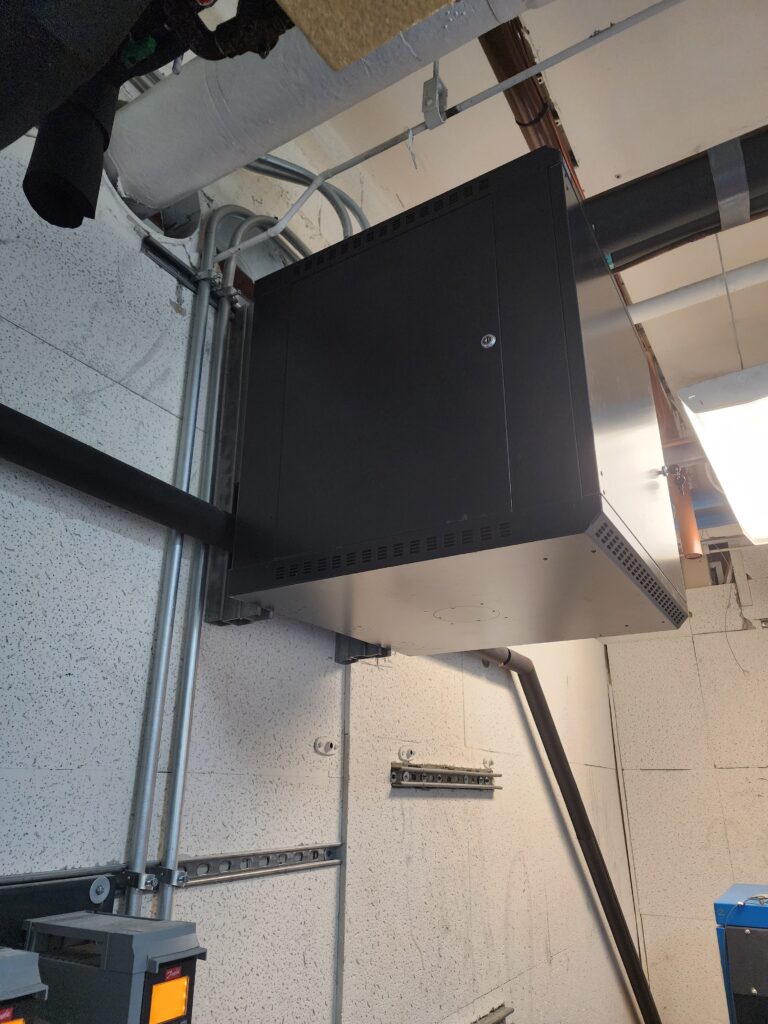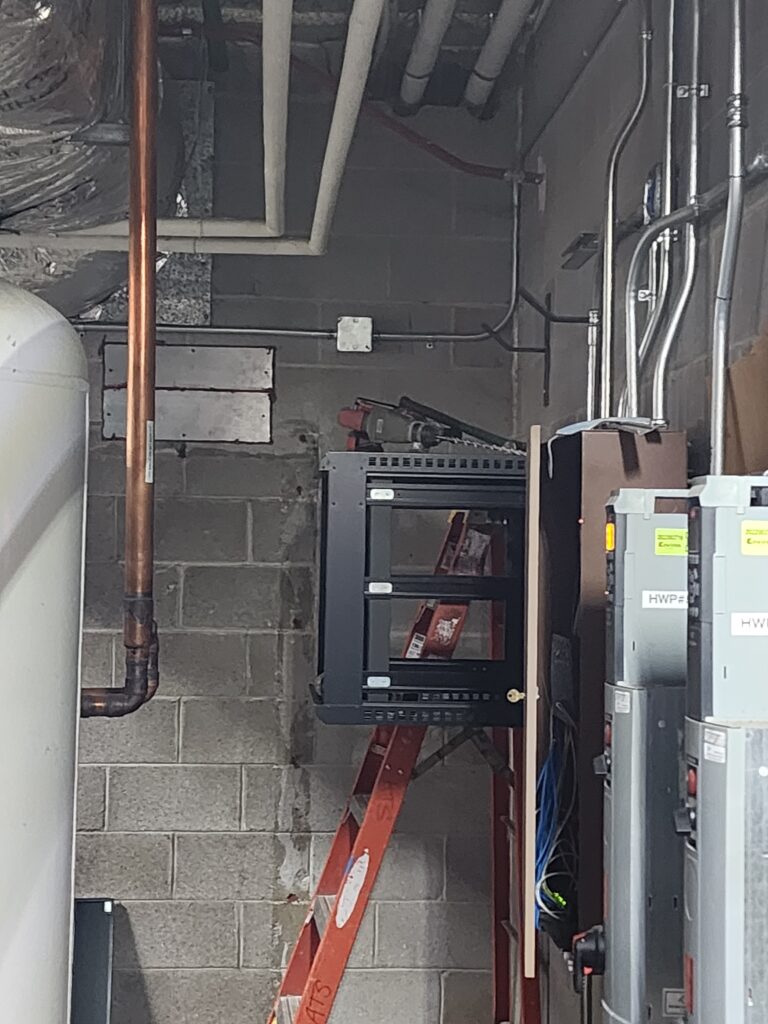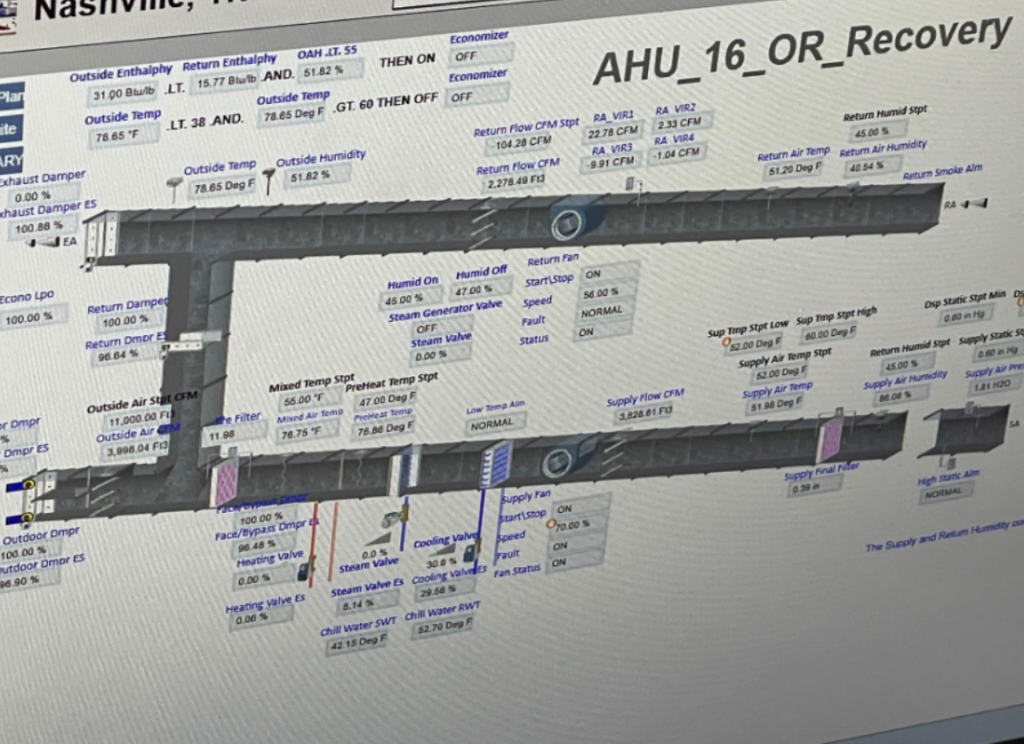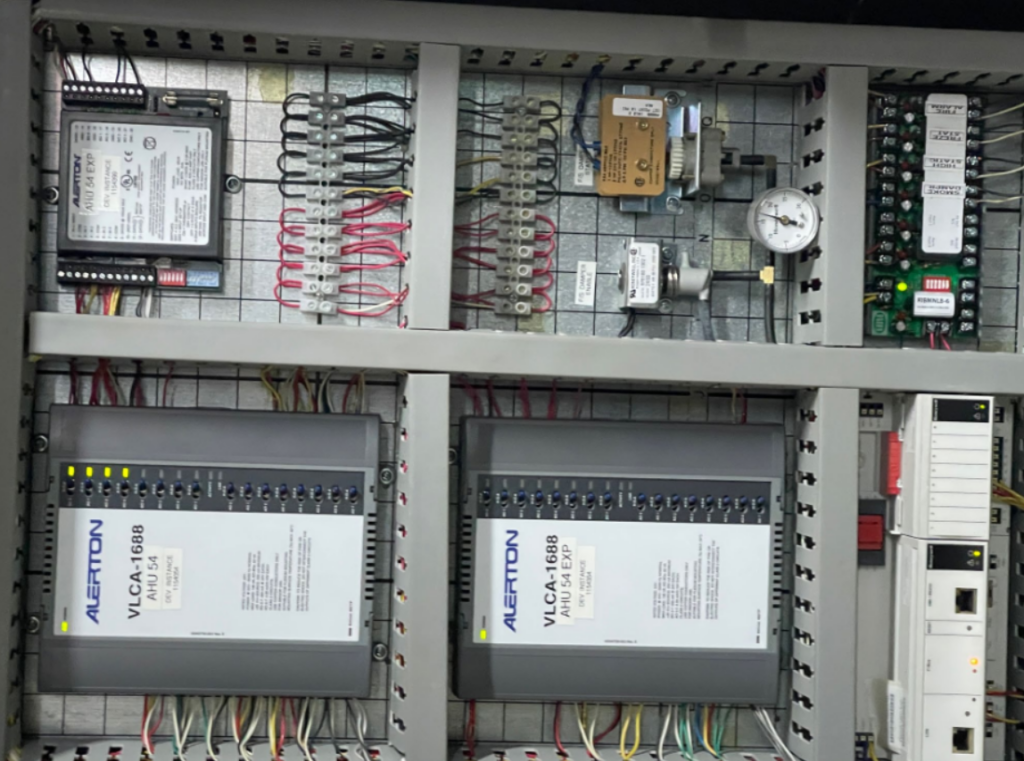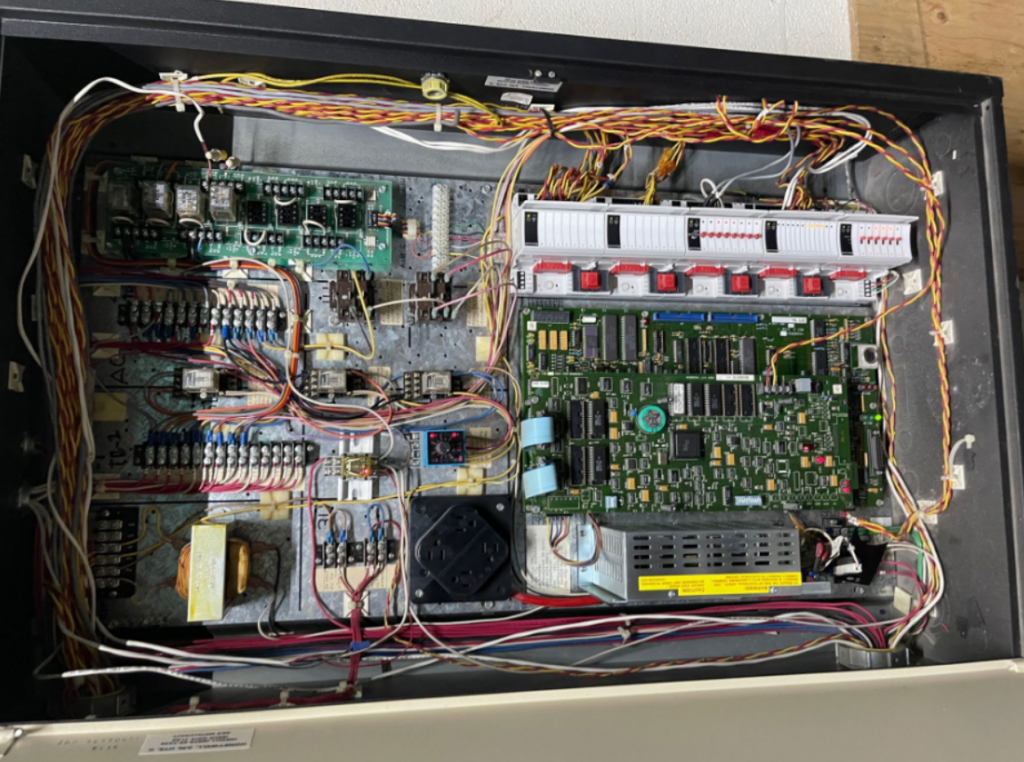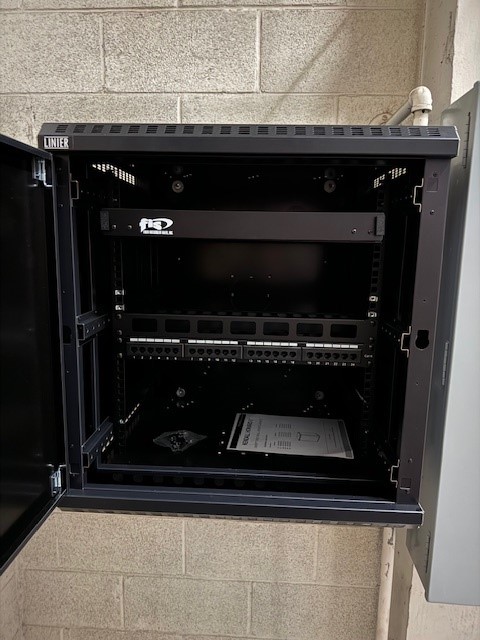The Nashville VA Medical Center network, has a long and distinguished history of providing comprehensive healthcare services to veterans in the Nashville area. Established in 1948, this facility has expanded and is a crucial healthcare provider within the VA system. The Nashville VA Medical Center spans over 40 acres and features numerous specialized departments and facilities. Its extensive campus includes over 300 beds and treats more than 66,000 veterans annually, ensuring they receive the medical care and support they need.
This aging VA plans to modernize its Energy Management System (EMS) and Building Automation System (BAS) significantly. This upgrade is crucial to maintaining the center’s efficient operations as its infrastructure ages. This project addresses the aging direct digital control system, which has reached the end of its serviceable lifespan. B2 Constructors, in collaboration with Siemens, is leading the design-build upgrade of the existing EMS and BAS. The outdated direct digital controls system is being converted to an industry standard BACnet system. This includes upgrading over 200 Variable Air Volume (VAV) units, installing a new fiber optic backbone with at least 24 strands, and replacing outdated control panels with new BACnet-compatible devices. New electrical conduits and low-voltage wiring are also installed to support the updated systems, ensuring enhanced reliability and performance.
The project’s key components involve installing new direct digital control panels and the distribution of the fiber optic backbone to hundreds of subpanels. New controls are being added to critical areas to improve efficiency. As part of the upgrade, graphics are being created to aid the VA’s understanding and use of the new systems, making the medical center more efficient and connected. This comprehensive upgrade also includes removing obsolete V-LAN cabling, integrating existing systems such as the Notifier Fire Alarm and various HVAC controls, and upgrading numerous control panels. The project presents several challenges, including coordinating construction services like structured cabling, low-voltage electrical work, architectural modifications, fire alarm integration, and, most importantly, keeping the hospital operations during the transition from the old to the new
